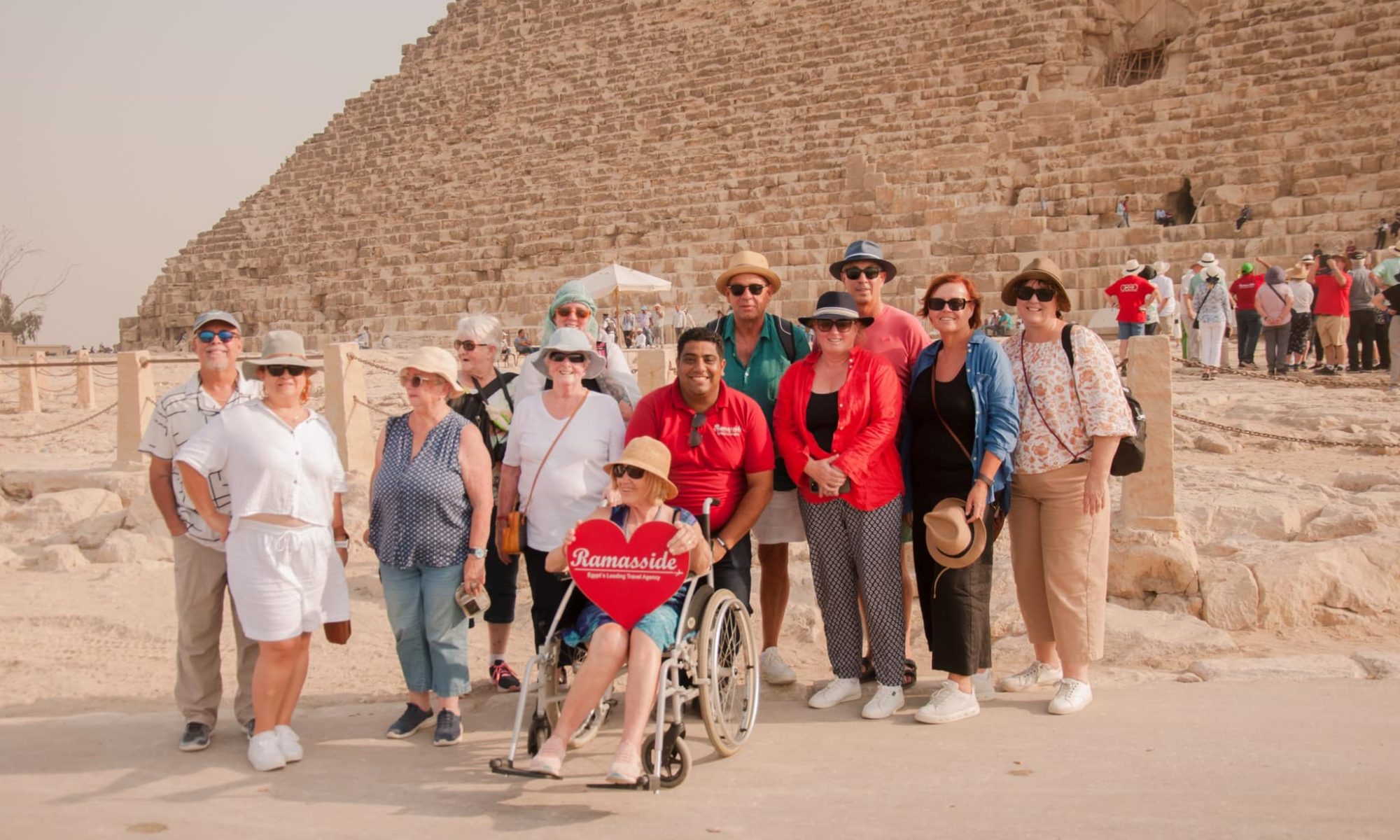
In the heart of ancient Thebes, on the eastern bank of the Nile River in Luxor, stands one of the world’s most awe-inspiring archaeological sites – the Karnak Temple Complex. This monumental edifice, dedicated to the worship of the gods, is a living testament to Egypt’s historical grandeur and artistic mastery. In this blog post, we embark on a virtual journey to explore the unparalleled beauty and significance of Karnak Temple.
1. A Pharaoh’s Legacy
Karnak Temple, also known as Ipet-Isut, is a sprawling complex of temples, chapels, pylons, and sanctuaries. It was constructed over several centuries by various pharaohs, with each successive ruler adding their own contributions. The result is a vast, interconnected network of sacred structures.
2. The Great Hypostyle Hall
One of the most remarkable features of Karnak is the Great Hypostyle Hall, an enormous hall with 134 massive columns that soar to heights of 80 feet. These columns are adorned with intricate hieroglyphs and vivid depictions of deities and historical events.
3. The Precincts of Karnak
Karnak is divided into several precincts, with the central area dedicated to the god Amun-Ra. Other precincts are dedicated to gods like Montu, Mut, and Khonsu. Each precinct has its own unique temples and chapels, often built by different pharaohs.
4. Obelisks and Monuments
Karnak Temple is home to several obelisks, including the famous obelisk of Hatshepsut, one of the few female pharaohs of Egypt. These towering monoliths, often made from red granite, are adorned with inscriptions and hieroglyphics.
5. Spiritual Significance
Throughout its history, Karnak was a site of spiritual significance and religious rituals. It was a place of worship and pilgrimage, where priests and devotees paid homage to the gods and sought divine favor.
6. Sound and Light Show
To truly appreciate the grandeur of Karnak Temple, visitors can attend the mesmerizing Sound and Light Show. The play of lights and narrations bring the ancient site to life, evoking the past and immersing you in the history and mythology of Egypt.
7. UNESCO World Heritage Site
Karnak Temple is a UNESCO World Heritage Site, recognized for its historical importance and the monumental scale of its architecture. It remains a captivating destination for travelers and history enthusiasts from around the world.

